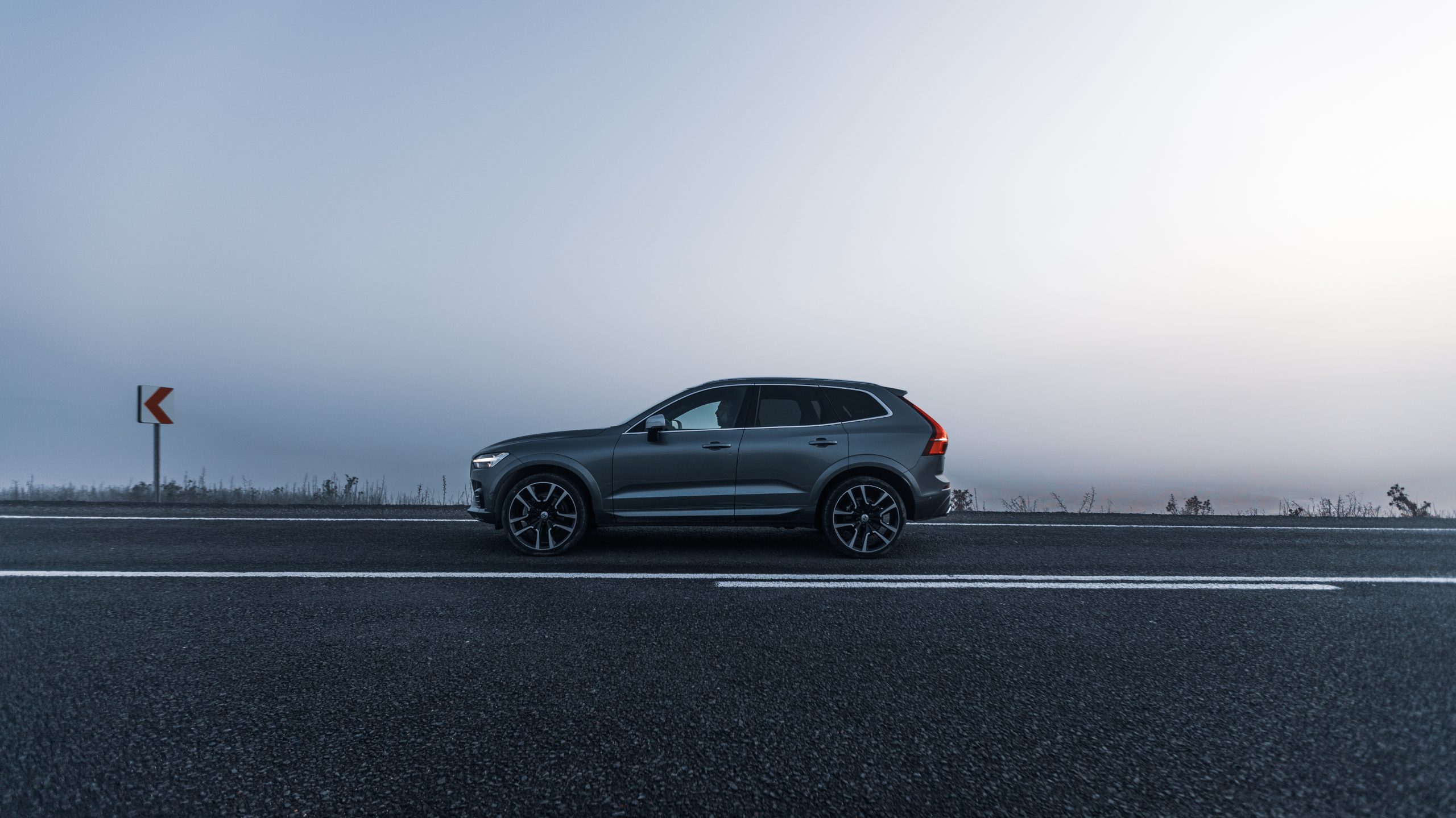Increasing car tax demanded a new solution
Back in 2019, Vicky was hit with two car problems. Her daughter was struggling with car sickness in lower, coupe-style vehicles and increasing company car tax rates meant Vicky’s diesel car had become less affordable.
As Vicky explains: “I had an Audi A4 which had low CO2 at the time I got it. But the tax just kept creeping up and I wanted to find a way to reduce it. I also wanted an SUV to help with my daughter’s travel sickness and I wanted to control the costs associated with a larger vehicle. I didn’t feel like I was ready to go electric, so I went for the plug-in hybrid Volvo XC60.”
With brilliant tax breaks for ultra-low emission vehicles (ULEVs) – and a 90-mile round-trip commute each day – Vicky opted for a hybrid. In comparison to pure-electric cars, hybrids offer a smaller electric-only range alongside a petrol engine. When the car runs out of electricity, it simply switches over to petrol.
As Vicky explains: “When I first got the car I had lots of questions about how it would drive. But in reality it’s been very straightforward. My car provides you with the option of different driving styles, so I can drive in sport, hybrid or pure. If you drive in pure, the car uses all the battery’s electricity and then switches over to petrol. In hybrid mode it works out which is the best energy source and switches between them automatically. And I can see all of this happening on the screen.”
Charging a plug-in hybrid
As the owner of a plug-in hybrid car – which needs to be connected to a charger to re-energise the battery – you’d think Vicky would have a driveway with a charging point installed. But that’s not the case: “I do have a driveway but due to fuse box issues and the Covid-19 pandemic, I’m still waiting to get a charge point installed. I could charge via a normal three-pin socket but I chose the proper charging cable for a charge point instead.
“We’ve had the car for around 18 months and I just use the charge points at work. If I get to work and all the charge points are taken, we’ve got an email group so people can let me know when a spot becomes free. Then I pop out and plug in.”
With an electric-only range of around 25 miles, Vicky’s car takes just two hours to fully charge so it’s always ready to go when she finishes work at the end of the day. With a 45 mile one-way commute, Vicky uses all the electricity on the way home. Which is why she’s keen to get a home charging point installed to make the most of the electric motor and to gain additional fuel savings.
In the meantime, Vicky takes the opportunity to charge for free at her local supermarket or shopping centre: “They’ve always got charge points which means you don’t have to spend ages looking for a space. And the chargers are generally near the entrance so they’re like VIP parking spots. At busy times, like Christmas, having a plug-in car saves you ages looking for a parking space. That’s probably one of the biggest unexpected benefits. I always know I can pull in and park.”
Savings that really add up
With generous tax breaks on offer for ULEVs, Vicky saves around £100 per month in company car tax. And, despite only having a small electric range, she also visits the petrol station less often, spending around £75 a fortnight in comparison to £50 a week on fuel in the Audi. That’s a saving of £50 a month or £600 over the year on top of £1,200 in annual tax savings.
Major benefits, minor adjustments
“I was a bit nervous about driving a hybrid,” says Vicky. “The main change to get used to was understanding charging point availability. It’s not as easy as turning up to a public charge point and plugging in. You’ve got to download the relevant app, enter your card details and set up an account. My experience shows that doing this ahead of time makes life much easier.”
The only aspect of Vicky’s car that she would change is the position of the charging socket: “I always like to reverse park but my socket is at the front of the car and the cable that came with it is quite short. So you can’t reverse in to charge up unless you drape the charger across the car. But that’s really only a minor issue.”
“I would never go back to a plain petrol or diesel car”
“In the past, I thought that going electric wouldn’t be for me. But now I’ve driven a hybrid, I would never go back to a plain petrol or diesel car”, says Vicky.
In fact, Vicky and her family have enjoyed the electric driving experience so much that they’ve ordered an all-electric Audi e-tron for Vicky’s husband on the Tusker scheme: “When we’ve driven the Volvo, we both wished it would use the electric motor all the time. It’s so nice to drive because it’s quiet, it feels smoother and it has better acceleration. Plus, the zero emission tax savings are amazing too.”
Find out which hybrids your could be driving by logging into your account today.

